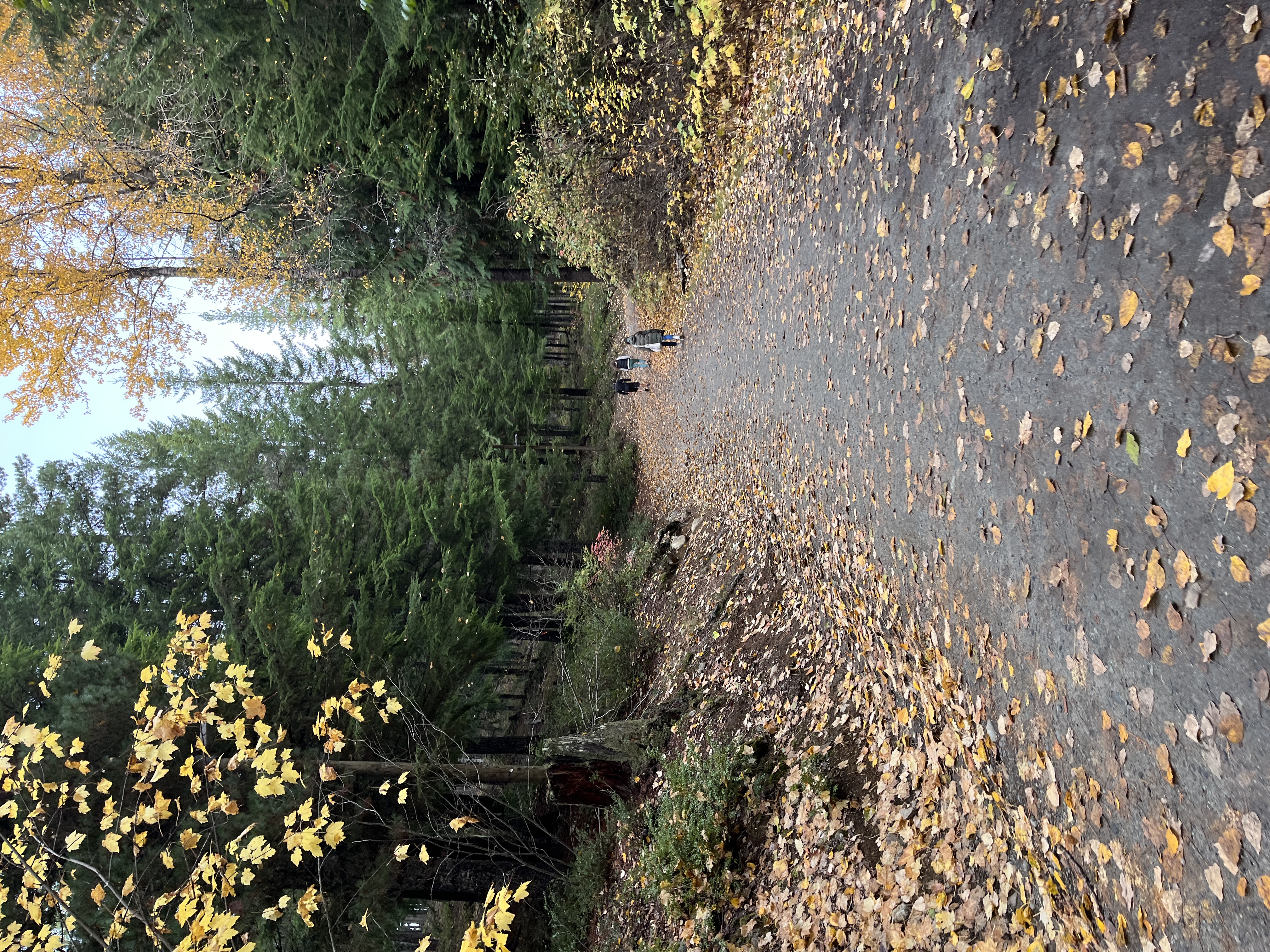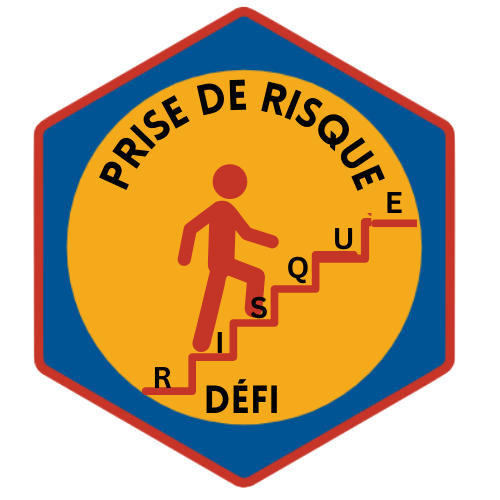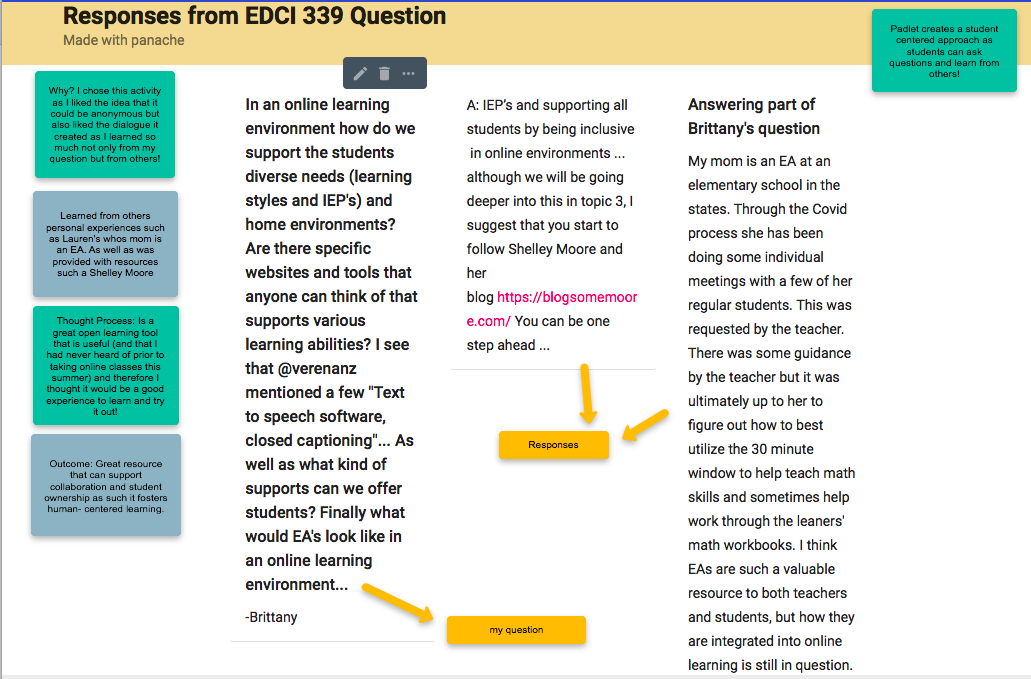Throughout this term, I have been able to engage in research and really refine my topic of interests. I think much of my area of interests for my research relies on my passion for French Language Learning and Professional Development. The purpose of my final project has become more clear.
I truly believe that my project can benefit teacher candidates as well as teacher to promote French Language initiatives and create a French community. Within my School District I know the connections are already strong. Victoria is small and the French community and teaching community is even smaller. Therefore, digital badging can help promote the participation in French events such as the Société Francophone, the French Conferences (notably I will be attending another one on Monday Nov 20th at Arbutus Global Middle School). I hear that some French teachers are doing other Pro-D opportunities and hope that in the future the badge promotion may motivate them to do more in French. As in my opinion there is never enough French opportunities where you can speak French with others and learn pedagogies for French specific Education.
Here is a TedTalk from Joyce Seitzinger that discusses the relevance of Open Badges.
Here is another video that further discusses Badging in Elementary.
Furthermore to discuss about the literature a bit more and to further discuss my group project’s findings. I really valued the idea of an ARIS system for encouraging French Language Learning. It seemed to motivate and engage learners at a Post Secondary Level and I have read through this process it is similar from K-12. Badging is become more and more predominant and is starting to be seen in multiple apps and games notably Duolingo as we saw throughout our research. Moving away from certificates allows us to create digital backpacks and share our learning.
There are many benefits to this and here are just a few key ideas I read about and that are well summarized in this blog post. Although I do not want to design an Augmented Reality App, I do value the benefits and impacts it has on education and I hope similarly badging in terms of French (Language Learning) can have a positive impact for teachers as well. Although we all chose articles, it was the process and leading discussions that made our learning so interesting and connected.
We were able to learn about the subject of gamification and language learning while also keeping in mind our final projects and potentially figuring out final project links and purpose.
Some other acronyms that will be relevant to my research include.
- ARIS: Augmented Reality Interactive Storytelling
- CALL: Computer Assisted Language Learning
- CMC: Computer Mediated Communication
- TELL: Technology Enhanced Language Learning
- MALL:: Mobile Assisted Language learning (and language learning in virtual worlds)
- CLIL: Content and Language Integrated Learning
There are so many angles to develop my research. As such, I am excited to continue this journey and am grateful for this class and the ability to collaborate and learn from my peers. This term, we started our Masters process, we were able to learn a bit about everyone’s areas of interest and then engage with each other during some amazing group presentations. My next steps are to contact the University of Alberta to discuss their FrancoPass initiative more and look into some more research to further outline my project goals.
As I hope to create a system called “Mon Passeport Franco” to promote French Language Learning amongst teacher candidates and teachers. Here is the logo, I have created and I am hoping to use as I continue to develop my ideas.

When thinking ahead at design: some key questions that I still have are as follows.
- Is there an app making tool that is better and supports all phone models/ will be easily available on App stores?
or
- Would creating a website and login system using open source potentially be more accessible?







Recent Comments